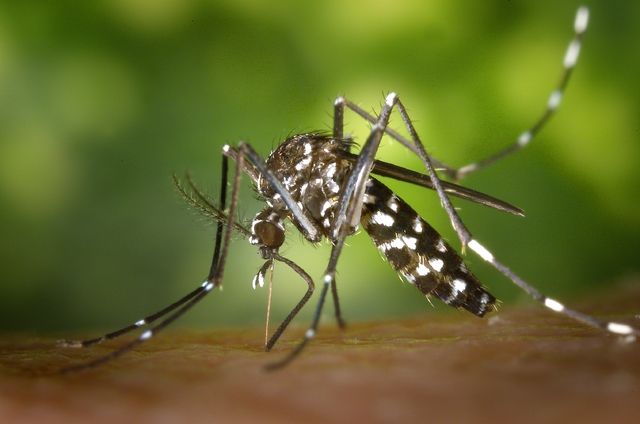HONOLULU — To protect Hawaii’s unique, imperiled native birds, researchers from the University of Hawaii are teaming up with the DLNR Division of Forestry and Wildlife and the U.S. Fish and Wildlife Service to adapt a “birth control” method to
HONOLULU — To protect Hawaii’s unique, imperiled native birds, researchers from the University of Hawaii are teaming up with the DLNR Division of Forestry and Wildlife and the U.S. Fish and Wildlife Service to adapt a “birth control” method to control mosquitoes.
Mosquitoes are a nuisance and a hazard both to people and to Hawaii’s native birds, which are in danger of extinction from decades of habitat loss, predation and diseases like avian malaria and avian pox.
Scientists from the University of Hawaii at Manoa and at the University of Hawaii at Hilo are taking the first steps to adapt a safe, targeted and efficient mosquito control method known as “Incompatible Insect Technique” to reduce the population of the disease-carrying mosquitoes that harm native birds in Hawaii.
Incompatible Insect Technique acts like a birth control method for mosquitoes and it has already been adopted and proven successful around the country and the world to protect human health and quality of life.
A similar method has been used in Hawaii for decades to control fruit fly pests which are harmful to local agricultural products.
“We are already seeing the loss on Kauai of the safe havens of higher elevation forests for our native birds. Mosquito-spread diseases are decimating bird populations and if we do nothing we could lose several more species in the next 10 years,” said Cynthia King, an entomologist with DLNR/DOFAW.
Mosquitoes arrived in Hawaii accidentally in the 1800s and are one reason why about two dozen species of Hawaii’s remaining native birds are threatened or on the brink of extinction. Today, most of these birds survive at higher elevations where it’s too cold for mosquitoes. But as the climate changes, mosquitoes are moving up hill and bringing disease with them.
“Controlling mosquito populations will greatly benefit our endangered native birds,” said Suzanne Case, DLNR chair.



